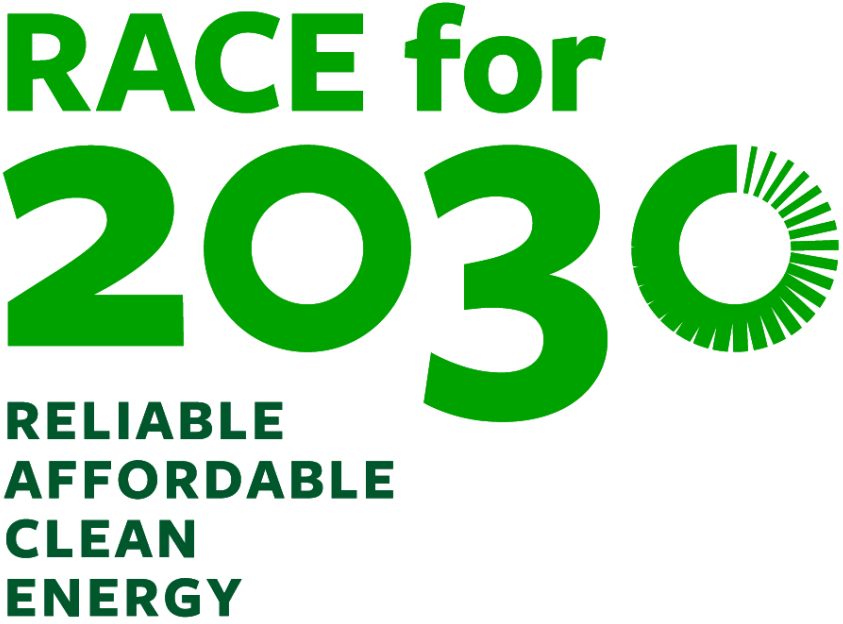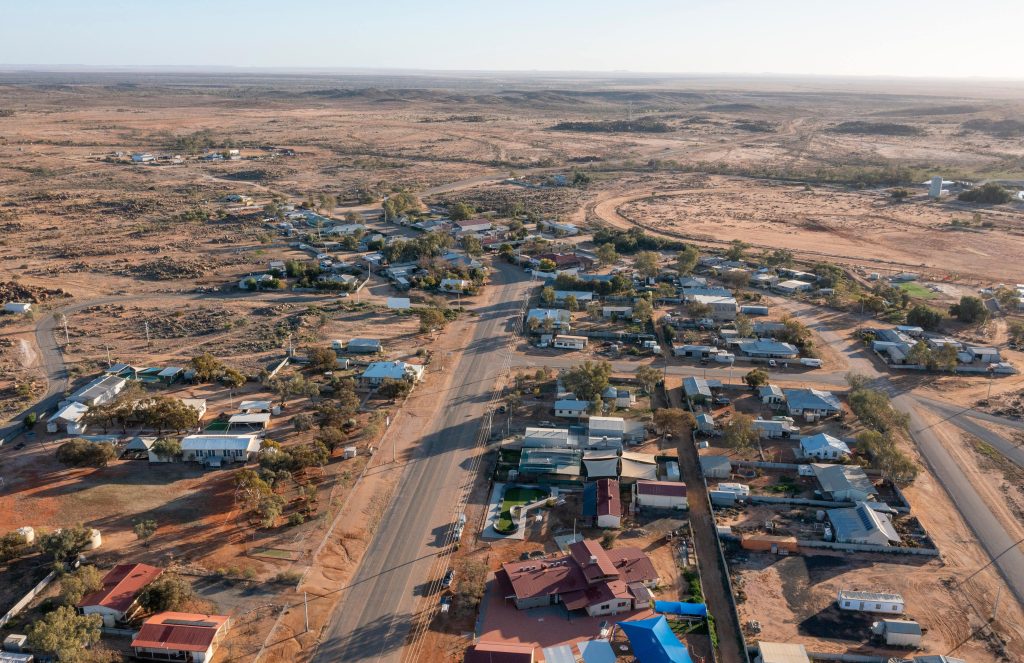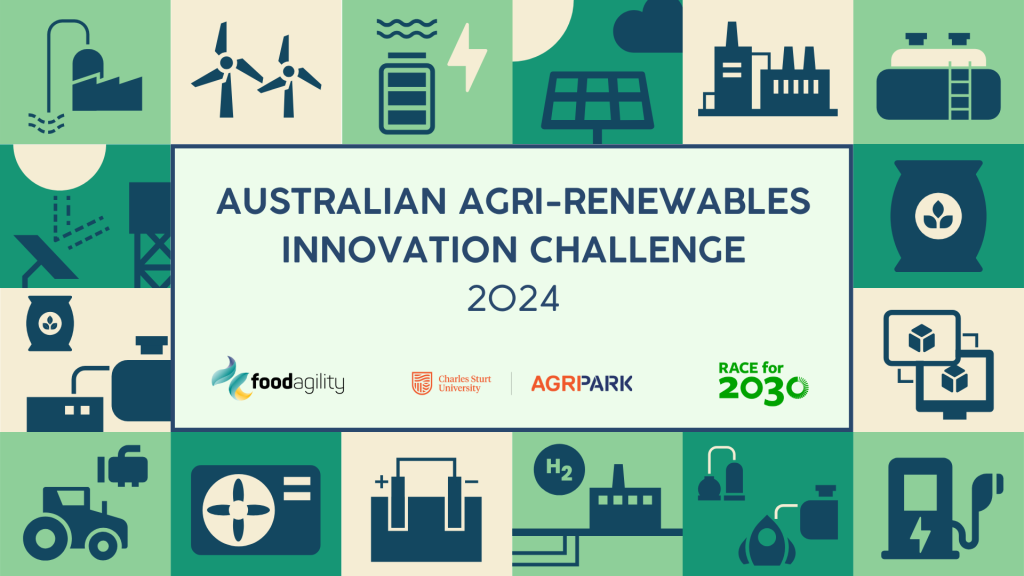RACE for 2030’s new research report calls for a step change in energy policy and applied research to create the 21st Century power system Australia needs.
Australian energy consumers lead the world in the adoption of renewable energy. Households, businesses and communities are investing billions in rooftop solar, batteries, electric vehicles and flexible energy technologies for air conditioning, water heating and industrial processes. Already a third of all Australian households are producing at least some of their own power.
“Today, millions of consumers are providing over 10 per cent of Australia’s electricity needs – and this is just the beginning” says Dr Bill Lilley, CEO of the RACE for 2030 Cooperative Research Centre. A more future-ready power system is required to integrate the 4 to 5-fold growth of rooftop solar embedded in Australia’s official projections and achieve its global net zero commitments. And with millions of consumers across the nation still without solar, there is enormous scope for households, businesses and communities to receive better outcomes from our national energy systems.”
“This report has examined almost 200 Australian research studies, trials and demonstrations – a total of almost a billion dollars of research. This first phase of research has provided many important insights and several key technology innovations. However, it also highlights that a growing proportion of Australia’s Consumer Energy Resources (CER/DER) will not be fully harnessed if investments in the underpinning integrated systems needed to unleash their full system-level value are not made” says Dr Lilley.
“It is certainly encouraging to see the commencement of the National CER Roadmap process. Fully leveraging this rapidly growing fleet of energy resources could significantly reduce the investment required in new transmission links, expanded distribution capacity and the volume of new centralised generation, whether renewable, gas or nuclear,” says Dr Lilley. “However, the lack of national focus on the future-ready ‘operating system’ our grids need to fully integrate tens of millions of diverse CER/DER is a critical gap”.
Report author Mark Paterson, formerly of CSIRO, says “A pivot is required that more fully reflects both the physics and dynamics already being experienced by our power systems. In the past, all generation occurred upstream and flowed in one direction to consumers. By contrast, we now have whole suburbs that are 100 per cent locally supplied during the day. In the evening, the same suburbs are almost 100% supplied from the centralised system. This is what I think of as ‘tidal’ behaviour, and it is very different from what our conventional power systems were originally designed for.”
“Australia’s energy transformation enjoys significant global attention due to our world-leading levels of rooftop solar and several technology innovations including Dynamic Operating Envelopes (DOEs)” says Paterson. “Much of Australia’s first major phase of system transformation has focused on reinforcing the system structures that have served us well historically. It’s important to recognise, however, that can only get us so far. It will certainly not be sufficient to enable the projected 4 to 5-fold increase in rooftop solar. Like other advanced economies, Australia needs to accelerate its capability for whole-system transformation, and the development of integrated enabling systems, which the United Kingdom, the European Union and some parts of North America are well ahead of us on.”
“Ultimately, Australia needs 21st century grids that are capable of empowering and rewarding households, businesses and communities where they choose to use their energy resources in ways that benefit the shared system. Like the many other sectors consumers engage with daily, the technologies exist to bring this free market to life and make it easy for consumers to participate. What’s missing is the integrated program of research and action needed to bring it all together in a timely way.”
The diversity of Australian electricity consumers, their needs and aspirations, must now be placed at the epicentre of reimagining our future power systems, to:
- Fully value the range of grid-services that consumer energy resources can deliver;
- Provide simple, automated market-based opportunities to participate; and,
- Level the playing field between traditional capital-intensive grid upgrades and ensuring the full system benefits of millions of consumer energy resources are fully unlocked.
Tens of billions of dollars of value are at stake for Australian consumers and the economy overall.
About the Report
The study for RACE for 2030 maps Australia’s extensive CER/DER-related research and highlights the urgent need for a nationally coordinated next major phase of applied research and action.
In the report, Mark Paterson and co-author Matthew Bird, both from Energy Catalyst Pty Ltd, examined almost 200 studies, trials and demonstration projects conducted over the last 5 – 7 years. Through almost 11,000 evaluation points, the analysis mapped key strategic and topical gaps that must be systemically addressed for the full value of millions of consumer energy resources to be unleashed.
They conclude that, while much has been learned in the first generation of research, the necessary focus has been on reducing the negative grid impacts of consumer resources. They identify many of the key topics that must now be addressed in the next major phase of applied research for consumer energy resources to become an integral and valuable part of Australia’s future-ready power systems.
The following three objectives are proposed together with a set of twelve recommendations for achieving them:
- Aligned Vision and Enablement: CER/DER research efforts are closely aligned with, and seen as an integral and beneficial part of, transitioning Australia’s GW-scale power systems to achieve emission reduction goals in a manner that is secure, cost-efficient and focused on the long-term interests of all consumers.
- Maximum Societal Benefits Targeted: Research is undertaken as a balanced and holistic portfolio designed to unlock the full system value of CER/DER and informed by in-depth social and consumer research to ensure benefits for individual consumers and enhanced outcomes for society that align with consumer expectations.
- Efficient and Accelerated Progress: CER/DER research projects, and related funding mechanisms, are configured to support efficient and accelerated progress by addressing critical gaps, reducing the potential for unintended duplication and leveraging collaborative, scale economies.





